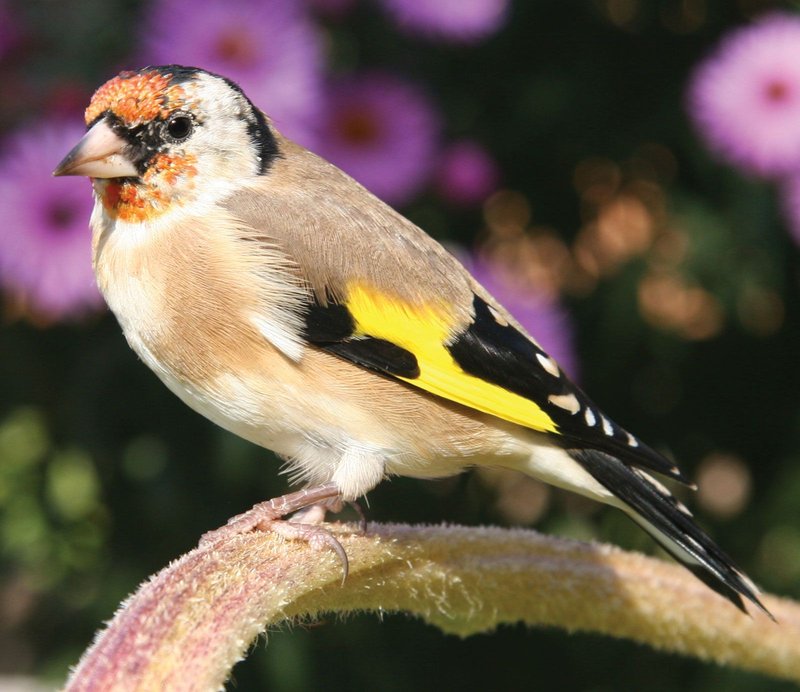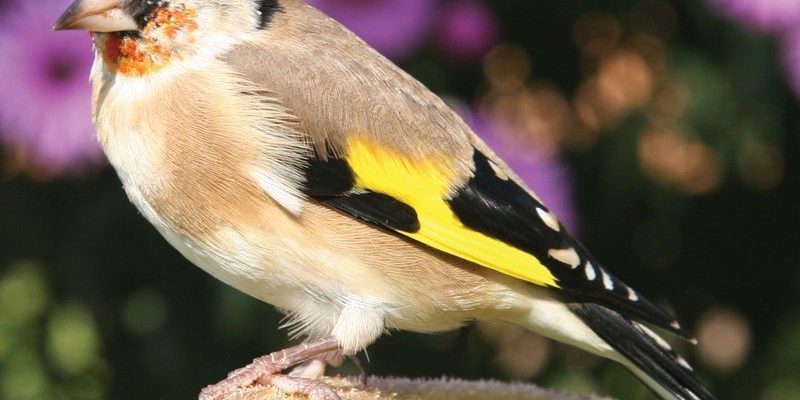
Imagine you’re casually sipping coffee and chatting about these feathery creatures. You might mention that finches are not only social but also quite intelligent. Their behaviors, from the sweet sounds they make to their intricate courtship rituals, show just how vibrant their lives are. Whether you’re an avid birdwatcher or just someone who enjoys the little details of nature, understanding finch behavior can deepen your appreciation for these delightful birds.
Let’s dive into the captivating world of finches, exploring how they chirp, mate, and build their nests. You might find that there’s a lot more to these birds than you first thought!
Understanding Finch Chirping
Finches are known for their delightful songs, which are more than just pleasant sounds. You could say their chirping is like a busy conversation in a coffee shop, filled with excitement and emotion. Each chirp has meaning, from signaling danger to attracting a mate.
Typically, finches use different types of calls. There’s the alarm call, which warns others of predators, and the contact call, which helps them stay in touch with their flock. These calls are quick and short, a bit like a quick text message. But when it comes to courting, finches pull out the big guns. Male finches often put on a dazzling display, singing melodious tunes that can sweep a female off her feet.
You might be wondering why chirping is so crucial for them. Well, besides attracting mates, it also helps establish territory. If a male finch can sing loud and proud, he’s showing others that he’s the boss around here. This behavior ensures they have a safe space to thrive and raise their young.
Mating Rituals: The Dance of the Finches
Okay, so let’s talk about the romantic side of finches. Their mating rituals can be quite the spectacle, and it’s like they’re putting on a show just for each other. During the breeding season, male finches get all dressed up in their finest feathers. It’s almost like they’re wearing their best outfit to impress someone special.
The courtship often begins with singing, but it doesn’t stop there. Males will engage in various displays of affection, like fluttering their wings or bobbing their heads. This isn’t just for show; it’s a way to communicate interest and vitality to potential mates. If a female is impressed, you might see her responding with soft chirps or by moving closer.
What’s interesting is that once a couple forms, they often become a pair bond, sticking together through thick and thin. This partnership isn’t just about romance; it’s about teamwork, especially when it comes time to raise their young. Like a dynamic duo, they work together to ensure their chicks are well cared for.
The Art of Nest Building
Building a nest is no small feat for finches—it’s a true labor of love! When it comes to nest construction, think of it like designing a cozy little apartment. Finches are incredibly resourceful, using materials like twigs, grass, feathers, and even bits of string or paper. They gather everything with their beaks, showing off their impressive skills.
The location of the nest is just as important as the materials used. Finches tend to choose spots that are safe from predators but still offer a good view—like a strategic lookout. Common places include shrubs and trees, where they can hide while still keeping an eye on their surroundings.
Once the nest is complete, it’s usually a cup shape, which helps keep the eggs safe and warm. If you peek inside (though be careful not to disturb them!), you may find a few delicate eggs waiting to hatch. This nesting process is essential for ensuring the survival of their chicks, and it showcases the finches’ commitment to raising their young.
Common Challenges in Finch Behavior
Now, let’s talk about some challenges finches face when it comes to their behavior. Even though they’re adorable and resourceful, life isn’t always easy for these little birds. One major challenge is finding enough food. Finches primarily eat seeds, but during certain seasons, food can become scarce. This is where their social nature comes in handy. By flocking together, they can search for food more effectively, just like a team working together.
Another common issue is dealing with competition from other birds. Different species might invade their feeding grounds or nesting areas, forcing finches to adapt quickly. They often need to be on high alert to keep their territory secure, which can be stressful. This competition can lead to fights or loud squabbles, as males defend their turf.
Lastly, environmental changes can impact finch behavior too. Changes in climate or habitat loss can interfere with their mating or nesting patterns. It’s a reminder of how interconnected nature is, as these birds rely on a healthy ecosystem to thrive.
Why Understanding Finch Behavior Matters
So, here’s the thing: understanding finch behavior isn’t just for birdwatchers or nature enthusiasts. It helps us appreciate the complexity of wildlife and the delicate balance of ecosystems. The more we know about these behaviors, the better we can support their habitats and promote conservation efforts.
By observing how finches interact with each other and their environment, we gain insights into the health of our own ecosystems. Healthy finch populations often indicate a balanced environment, showcasing the importance of biodiversity.
Plus, learning about finch behavior can be a source of joy and inspiration. Their songs, mating dances, and nest-building skills remind us of the beauty of life all around us—if we just take the time to notice.
Engaging with Finch Behavior
If you’re feeling inspired and want to learn more about finches, there are plenty of ways to engage with them. Setting up a bird feeder in your backyard can attract finches and give you a front-row seat to their charming behaviors. Just remember to fill it with their favorite seeds, like sunflower seeds or Niger thistle, to keep them happy and coming back for more.
You can also join local birdwatching groups or attend workshops to deepen your understanding of these birds and their habitats. Connecting with other nature lovers can enhance your appreciation for the natural world—and who knows, you might make some new friends along the way!
Lastly, consider supporting conservation organizations that focus on protecting bird habitats. Every little bit helps ensure finches and other wildlife have a future where they can chirp, mate, and build nests in peace.
In conclusion, finch behavior is a captivating subject that unveils the intricate lives of these charming birds. By observing their chirping, mating rituals, and nest-building habits, we gain a deeper appreciation for the natural world. Whether you’re a seasoned birdwatcher or just starting, this journey into the lives of finches is sure to bring a smile to your face. So, keep your eyes and ears open—you never know what delightful moments you might witness!

